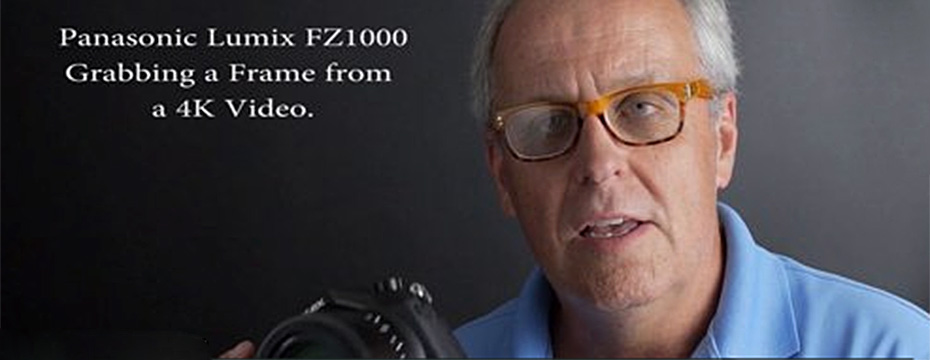
Panasonic Lumix GH4 & FZ1000 4K Frame Grab Instructions
Panasonic Lumix FZ1000 4K Frame Grab Instructions from Mark Toal on Vimeo.
My friend Panasonic Rep Mark Toal put together this excellent tutorial video on how to “extract” or “frame grab” one of the 8MP still JPG frames from the 4k video stream of Panasonic’s latest 4k capable still cameras, the bargain priced FZ1000 and the Panasonic flagship GH4.. In this video Mark says
“I describe how to grab a frame from a 4K video either using the onboard camera controls of the Panasonic Lumix FZ1000 or in Adobe Lightroom. The Adobe Lightroom section is the exact same process for the Panasonic Lumix GH4.”
There is no question that pulling clips from a 4k video stream is possible. It is also possible to get excellent results, as shown by our friend and other contributor Uwe Steinmueller, who also shoots both Panasonic 4k cameras. Uwe’s amazing stills are located here: FZ1000 Video Stills and his GH4 Video Stills. I encourage all of you interested in this fascinating subject to study Uwe’s work, it is well worth your time. I have also written on this subject of Uwe pulling stills from a video stream at https://thecameraforum.com/gh4-stills/.
While I can see the usefulness and the artistic fascination of selecting from twenty four or more individual frames from a video, it is not the end all, be all of the still photography art. Fraught with problems, and yes, suffering some serious limitations, but you didn’t expect everything to be all peaches and cream in the photography world, now did you? Nothing worthwhile in photography ever comes easy. Even the easy takes work. So as a profession or as a hobby, photography is always a whole lot of hard work. I can see where using video frame pulls would be cost and time effective, but what about the problems? Where are the gremlins in the mix?
To find out, I asked top end professional photographer/filmmaker Paul Ross Jones http://www.paulrossjones.com his thoughts on grabbing frames from video, and why this was not a standard industry practice today for still photographers. His reply:
“Possible? Maybe sometimes. I do want you to know about the potential pitfalls with taking stills off moving footage.
I recently did a shoot that had to be done separately (later on) as the TVC (Television Commercial) didn’t get any usable stills from its production.
The issue wasn’t just because of sharpness, but in the way TVC’s (Television Commercials and Video Productions) are shot.
Resolution is lacking for print, especially for verticals-
Although you may not be doing much in the way of print, the files quite often don’t have enough resolution when it comes to vertical shots that need to be cropped from a horizontal digital video file. For example a magazine vertical would be around 1000 pixels too small without unwanted upsizing. This is due to the TVC having a frame that is very “squat” compared with a stills frame.
Having the focus in the right place-
The other issue that the above mentioned TVC had for pulling stills off, was that the style of TVC was short depth of focus. Not a problem with a TVC as they pull the focus through a scene, but when you want an expression or a moment, you need to hope that the focus is on that point when it actually happens.
Dealing with a very slow shutter speed (motion blur)-
The shutter speed used by a motion camera is around 1/50th of a second (or 180 degrees as the film guys call it). They use this to “blur” between frames and give the footage an old school “film” look. The problem with this technique it is that the shutter speed is too slow to render a sharp image in all but the most locked off shots.
Not having the crop from a wide motion format-
It can be extremely tricky to get any kind of vertical shot out of a shot designed to look good for a very wide horizontal format. This is not a problem for horizontal uses like a wide website banner, but can be impossible for a vertical banner.
Telling a story in a single frame-
By shooting just the stills you tell a different story than the TVC. The TVC has a luxury of having many shots to say something. But a still needs to tell a story in a single rectangle. This may or may not be an issue depending on the message you are trying to send.
I just really wanted you to be aware of the limitations of pulling stills of moving footage – I’ve found that a stills shoot and a TVC are totally different animals. It is something I would love to find a solution to.Thanks again for your interest
Cheers, Paul
PLEASE RATE THIS STORY! [ratings]



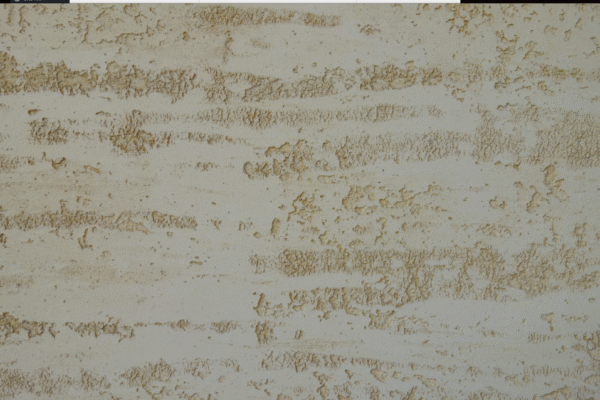
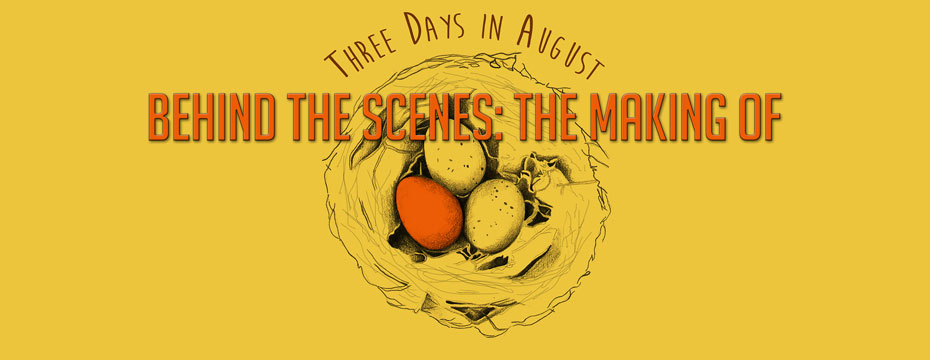

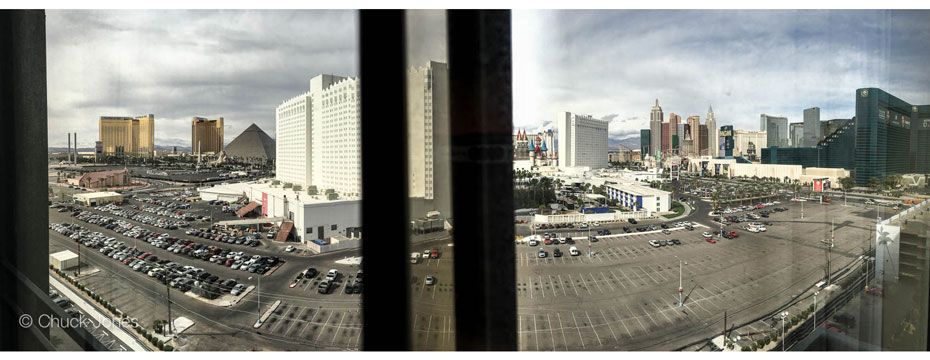
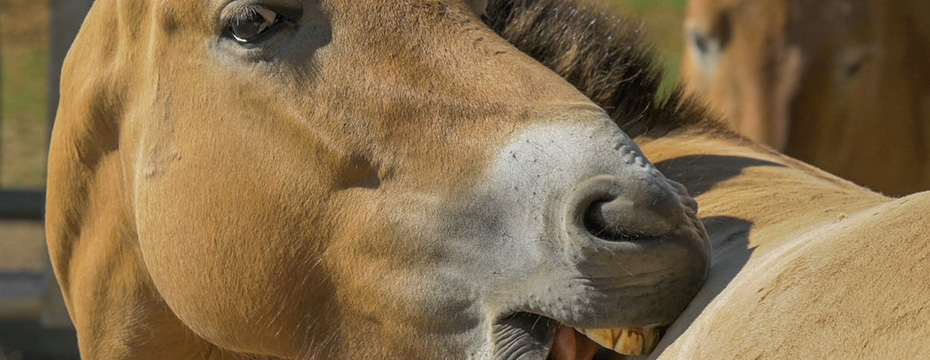
Pingback: Digital Photography Tutorial - Using Photography For Dummies